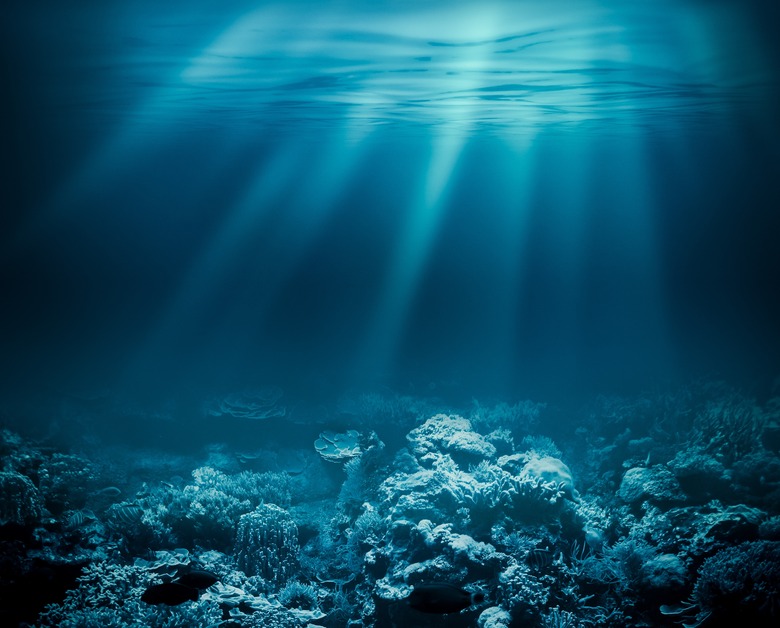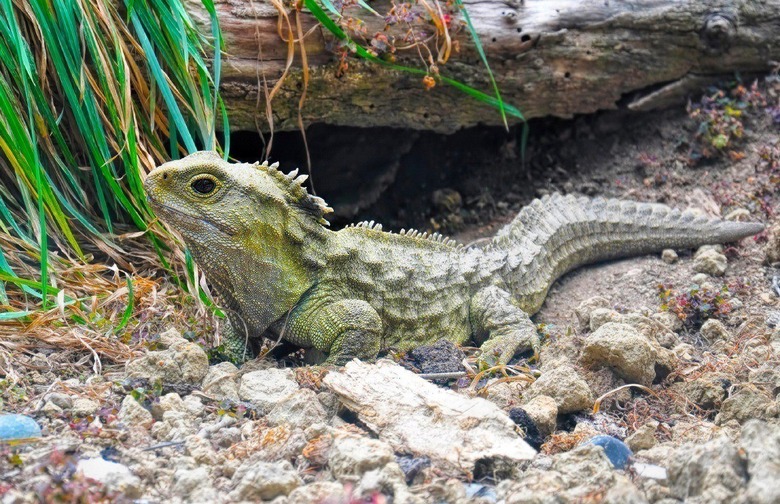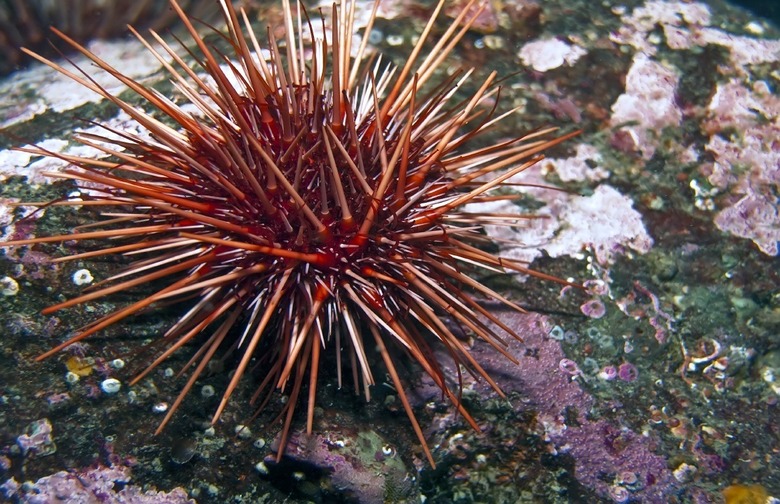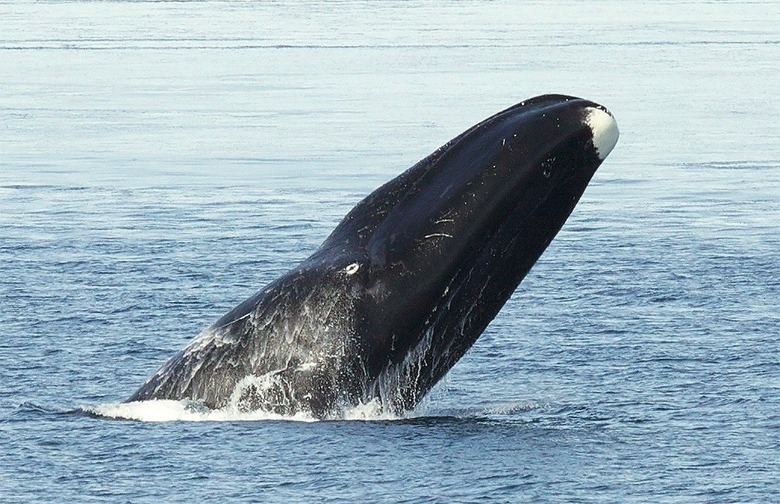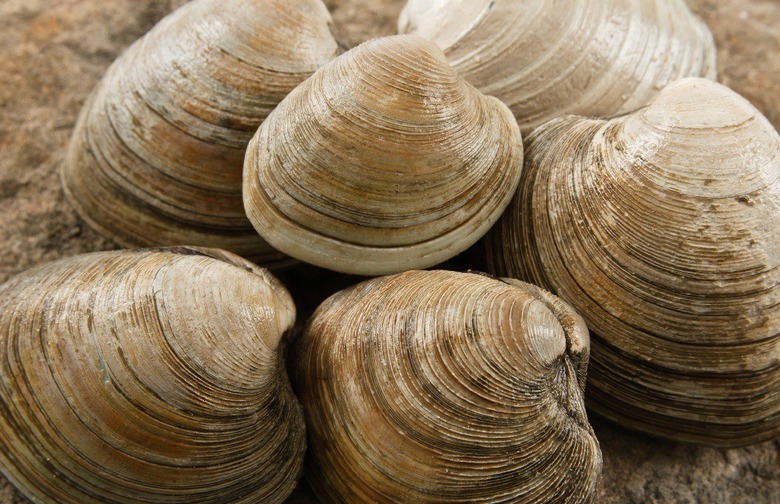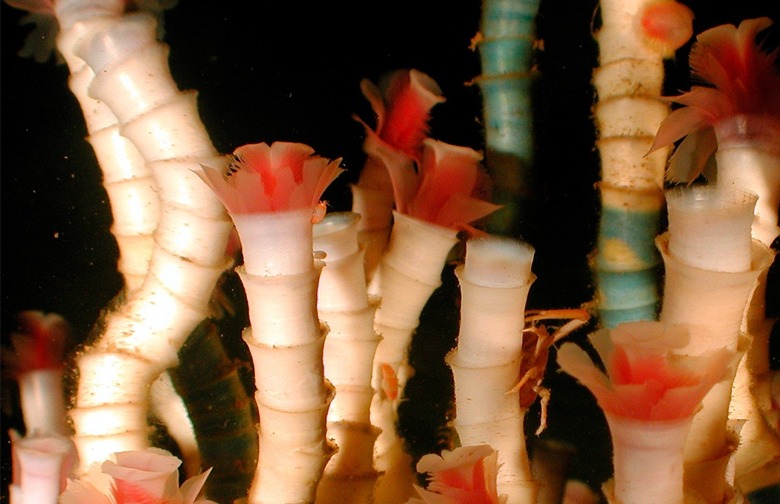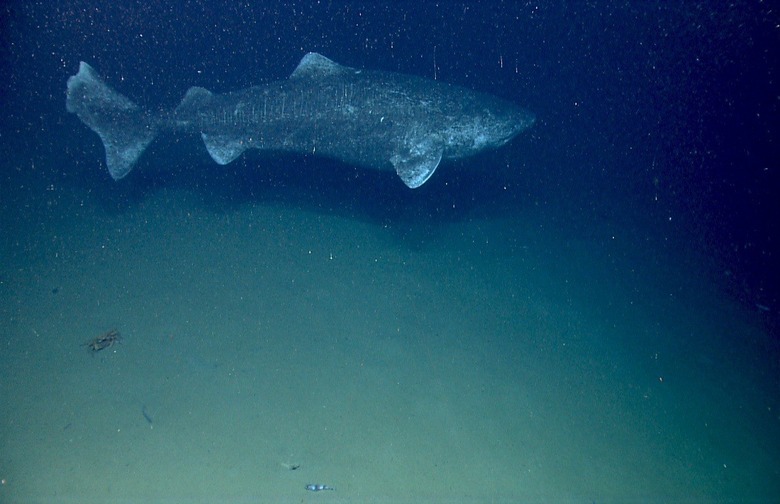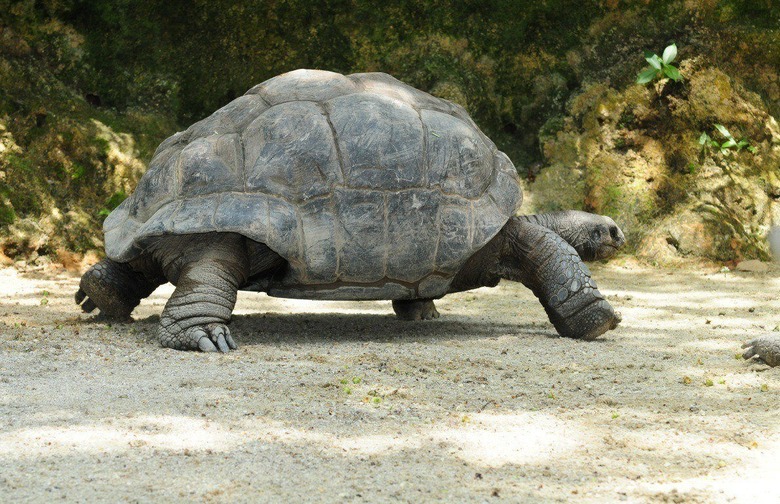The World's Oldest Animals And What They Eat Slideshow
How much can you accomplish in a lifetime? For an average human being, that's 71.4 years of age, according to the World Health Organization (good news: it's closer to 80 on the average in the U.S. alone), but for other living creatures on Earth, it can be much, much longer.
Tuatara — 91 to 100 Years
Tuataras are reptiles found only in New Zealand. To some scientists, they're known as "living fossils" because they're part of a reptilian order Sphehodontia, which lived among early dinosaurs and have undergone little molecular evolution over time, according to a study in the journal Cell Press.
According to the San Diego Zoo, tuataras can live up to 91 years in "managed care" and up to 100 years in the wild. The reptile mostly eats insects, with beetles being a favorite, but can also expand its palate to include lizards, birds, and bird eggs.
Red Sea Urchin — 100 to 200 Years
The red sea urchin, a small invertebrate, can be found along the western coast of North America. Not only can the spiny creatures live to between 100 to 200 years old, they also live a long life in good health with little aging, according to researchers at Oregon State University. The urchins feed on marine plants such as seaweed and algae.
Orange Roughy — 140 Years
The orange roughy is a bright red or orange fish with a compressed, oval-shaped body. The deepwater fish can be found off the southern coast of Australia. The average lifespan of orange roughy can be up to 140 years, according to the Australian Fisheries Management Authority. The fish preys on squid, viperfish, lanternfish, whiptails, crustaceans, amphipods, and mysids.
Bowhead Whale — Up to 211 Years
Bowhead whales are found in the cold waters of the Arctic Ocean and have been estimated to live up to 200 years; they could possibly be the longest lived mammal, according to a study in Cell Reports. The whales mostly eat zooplankton and krill, tiny crustaceans similar to a shrimp, by grazing along the surface of the water and filtering food through their baleen plates, according to the National Oceanic and Atmospheric Administration. The whales are estimated to need to consume around 100 metric tons of crustaceans per year.
Quahog — 225 Years Average, 507 Known Maximum
The quahog, also known as a hard-shell clam, is a type of shellfish that can be found living just below the sand along the East Coast, according to the University of Rhode Island. The average lifespan for a quahog is around 225 years old, but the oldest one reported was approximately 507 years old. The quahog, named Ming, was found by researchers at Bangor University, but died while the university was trying to determine its exact age, National Geographic reported in 2013.
Quahogs are popular as seafood for humans, but as for their own diets, they use two siphons to filter water in and out of their shells to absorb plankton, bacteria, and oxygen.
Tube Worm — 250 Years
Lamellibrachia luymesi is a type of deep-sea tube worm with a whopping lifespan of up to 250 years. The worm was even perceived as the potential secret to longevity in a study in the journal PLoS Biology. The key to this species being among the longest-lived animals is how it obtains nutrients in the form of sulfides. Unlike many animals, the tubeworm gets its energy from chemosynthetic bacteria, not by feeding through a digestive tract, but by housing the bacteria in its body in symbiosis, according to the National Oceanic and Atmospheric Administration.
Greenland Shark — 400 Years
In a 2016 study published in the journal Science, researchers found that Greenland sharks could be the longest-lived vertebrate documented, with a lifespan of up to 400 years.
The Greenland shark reaches sexual maturity at 150 years and grows at a slow rate (reaching up to 13 to 16 feet in length), which might benefit its longevity. The shark can be found in the North Atlantic, inhabiting frigid waters.
Greenland sharks aren't picky eaters — they eat meat found dead or alive. Their diet typically consists of fish, but researchers have found other animals in the sharks' stomachs, such as remains of polar bears and even horses, moose, and reindeer, Wired reported.
Galapagos Tortoise — 200 Years
The average lifespan of Galapagos tortoises is estimated to be at least 100 years, but records show that some have lived up to 200 years. According to research by the University of Maryland, tortoises can live so long because they have slow metabolisms.
The animals are herbivores that eat fruit, flowers, leaves, grass, and prickly pear cactus, according to the San Diego Zoo. Since tortoises can store food and water so well, they can live up to a year without eating or drinking.
Immortal Jellyfish — Eternity?
The lifespan of this jellyfish, whose scientific name is Turritopsis nutricula, has yet to be determined, since, as you can guess by its name, it appears to be biologically immortal. This means, that though they can be killed by predators or natural causes, biologically they don't seem to age, and even have the ability to revert back to their juvenile state after reaching maturity. Immortal jellyfish typically eat fish eggs, plankton, and tiny mollusks.
